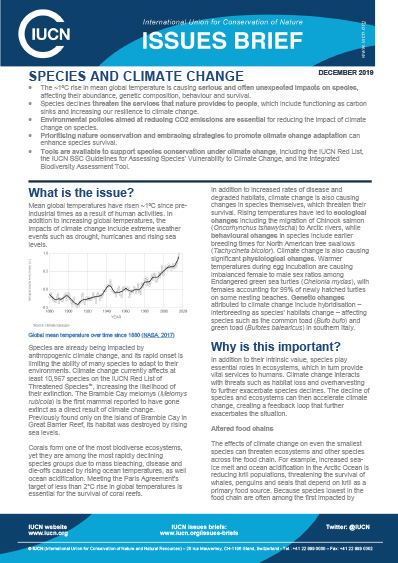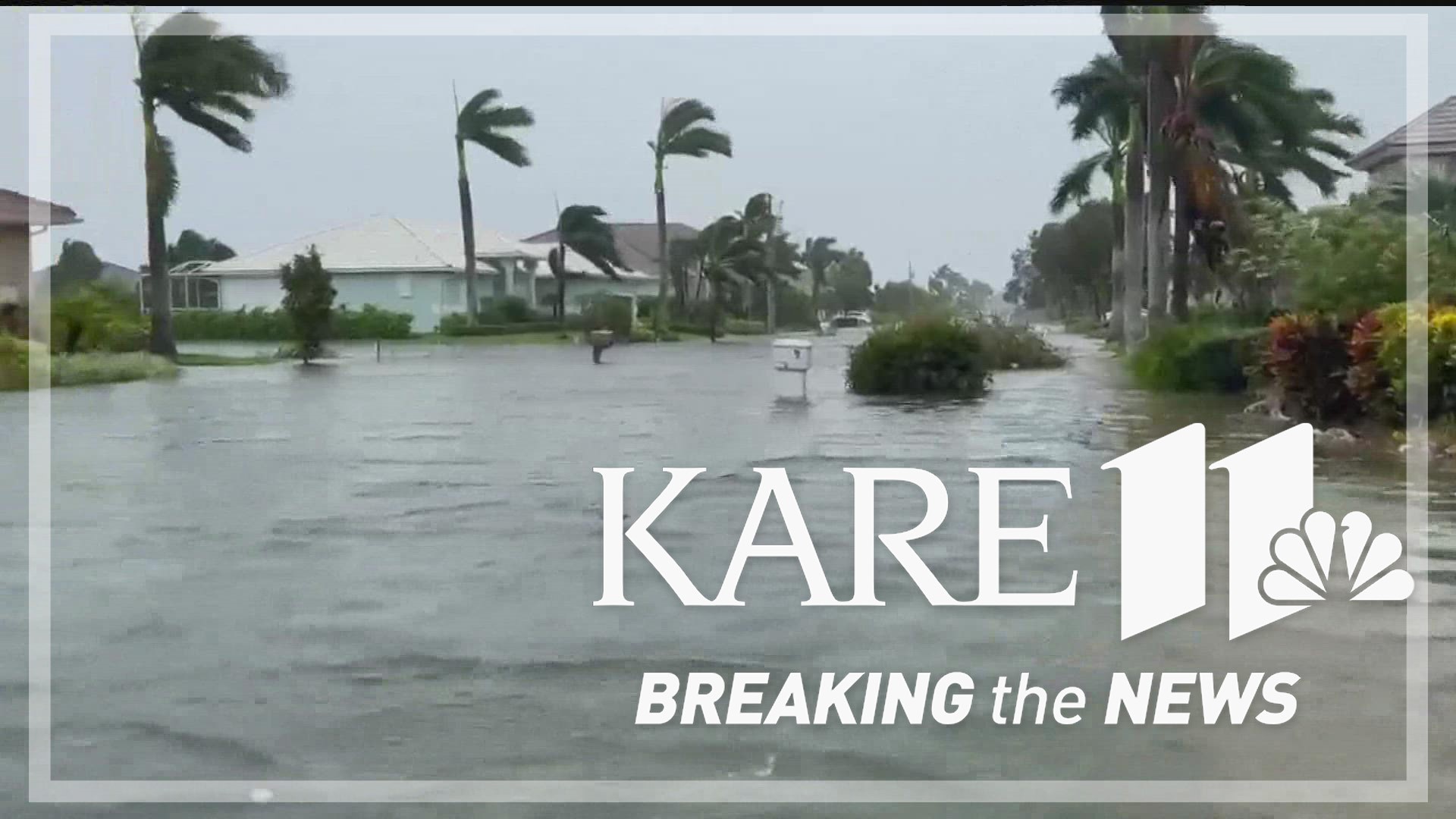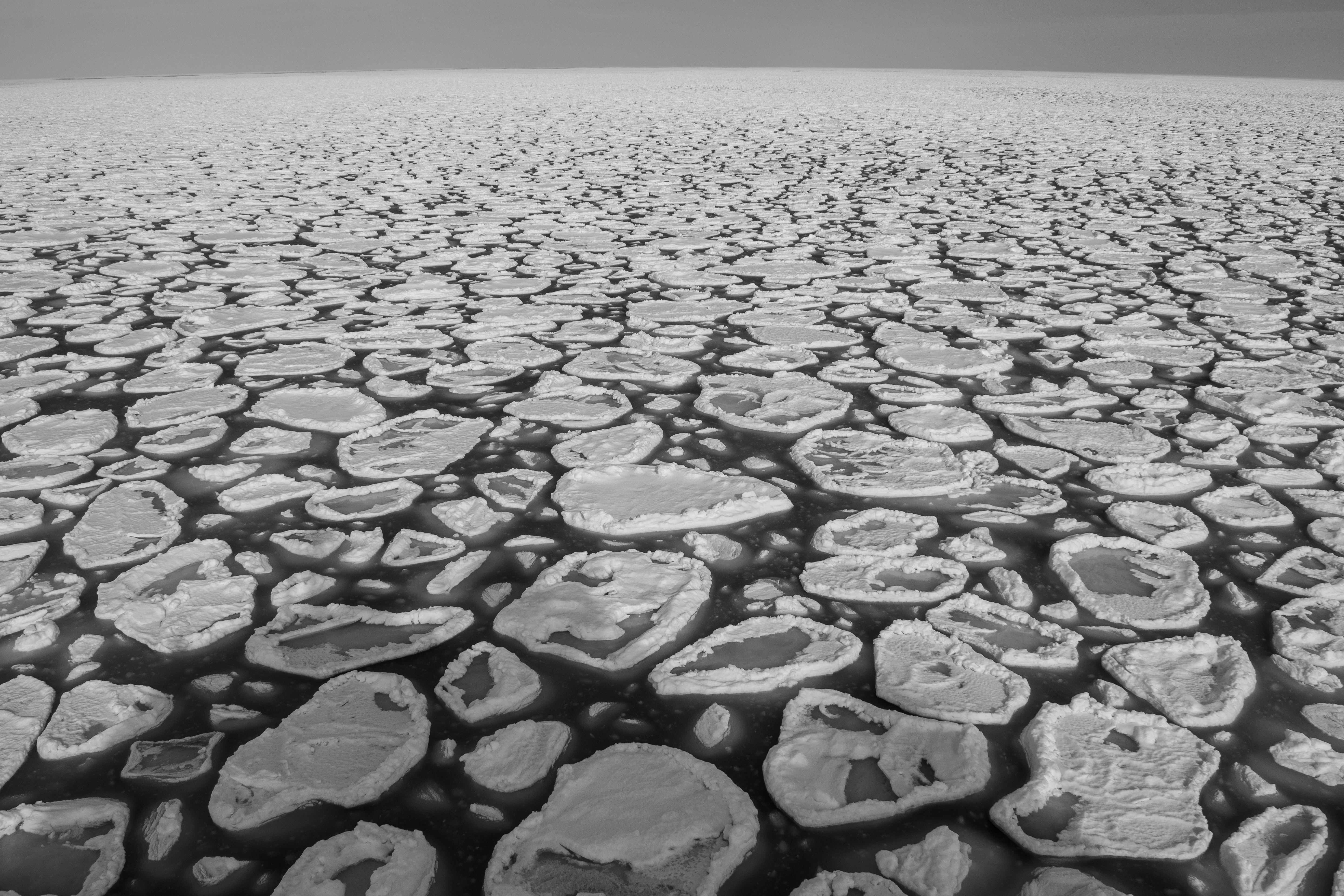

Importance of Species Conservation in the Context of Climate Change
Why is it important?
In addition to their intrinsic value, species play essential roles in ecosystems, which in turn provide vital services to humans. Climate change interacts with threats such as habitat loss and overharvesting to further exacerbate species declines. The decline of species and ecosystems can then accelerate climate change, creating a feedback loop that further exacerbates the situation.
Altered Food Chains
The effects of climate change on even the smallest species can threaten ecosystems and other species across the food chain. For example, increased sea-ice melt and ocean acidification in the Arctic Ocean is reducing krill populations, threatening the survival of whales, penguins, and seals that depend on krill as a primary food source. Because species lowest in the food chain are often among the first impacted by climate change, the full impacts of species loss may not be seen for decades.
The types and severity of diseases that affect crops are also changing. For example, incidences of Fusarium ear blight on wheat are increasing due to a rise in temperature and rainfall. These can produce mycotoxins that make wheat inedible and cause crop losses of up to 60%.
Invasive Alien Species
Invasive alien species are among the main causes of biodiversity loss and species extinctions, and the proliferation of invasive species is often exacerbated by climate change. Native to South America, the water hyacinth (Eichhornia crassipes) can now be found in parts of every continent except Antarctica, and it is expected to increase its range as the climate warms. The hyacinth deoxygenates rivers, killing fish populations, which in turn reduces income and food supply for local communities.
Carbon Sinks Become Sources
Climate change affects the ability of plant species to sequester carbon, turning carbon sinks into carbon sources. Warmer temperatures are also increasingly leading to tree death caused by disease, drought conditions, and an upsurge in the number and severity of forest fires, which leads to an increase in carbon emissions.
SDGs, Targets, and Indicators
| SDGs | Targets | Indicators |
|---|---|---|
| SDG 13: Climate Action | Target 13.1: Strengthen resilience and adaptive capacity to climate-related hazards and natural disasters | Indicator not mentioned in the article |
| Target 13.2: Integrate climate change measures into national policies, strategies, and planning | Indicator not mentioned in the article | |
| Target 13.3: Improve education, awareness-raising, and human and institutional capacity on climate change mitigation, adaptation, impact reduction, and early warning | Indicator not mentioned in the article | |
| Target 13.A: Implement the commitment undertaken by developed-country parties to the United Nations Framework Convention on Climate Change to a goal of mobilizing jointly $100 billion annually by 2020 from all sources to address the needs of developing countries in the context of meaningful mitigation actions and transparency on implementation and fully operationalize the Green Climate Fund through its capitalization as soon as possible | Indicator not mentioned in the article | |
| Target 13.B: Promote mechanisms for raising capacity for effective climate change-related planning and management in least developed countries and small island developing States, including focusing on women, youth, and local and marginalized communities | Indicator not mentioned in the article | |
| SDG 15: Life on Land | Target 15.1: By 2020, ensure the conservation, restoration, and sustainable use of terrestrial and inland freshwater ecosystems and their services, in particular forests, wetlands, mountains, and drylands, in line with obligations under international agreements | Indicator not mentioned in the article |
| Target 15.2: By 2020, promote the implementation of sustainable management of all types of forests, halt deforestation, restore degraded forests, and substantially increase afforestation and reforestation globally | Indicator not mentioned in the article | |
| Target 15.5: Take urgent and significant action to reduce the degradation of natural habitats, halt the loss of biodiversity, and, by 2020, protect and prevent the extinction of threatened species | Indicator not mentioned in the article | |
| Target 15.9: By 2020, integrate ecosystem and biodiversity values into national and local planning, development processes, poverty reduction strategies, and accounts | Indicator not mentioned in the article |
1. Which SDGs are addressed or connected to the issues highlighted in the article?
- SDG 13: Climate Action
- SDG 15: Life on Land
The issues highlighted in the article are connected to SDG 13, which focuses on climate action, and SDG 15, which focuses on life on land.
2. What specific targets under those SDGs can be identified based on the article’s content?
- Target 13.1: Strengthen resilience and adaptive capacity to climate-related hazards and natural disasters
- Target 13.2: Integrate climate change measures into national policies, strategies, and planning
- Target 13.3: Improve education, awareness-raising, and human and institutional capacity on climate change mitigation, adaptation, impact reduction, and early warning
- Target 13.A: Implement the commitment undertaken by developed-country parties to the United Nations Framework Convention on Climate Change to a goal of mobilizing jointly $100 billion annually by 2020 from all sources to address the needs of developing countries in the context of meaningful mitigation actions and transparency on implementation and fully operationalize the Green Climate Fund through its capitalization as soon as possible
- Target 13.B: Promote mechanisms for raising capacity for effective climate change-related planning and management in least developed countries and small island developing States, including focusing on women, youth, and local and marginalized communities
- Target 15.1: By 2020, ensure the conservation, restoration, and sustainable use of terrestrial and inland freshwater ecosystems and their services, in particular forests, wetlands, mountains, and drylands, in line with obligations under international agreements
- Target 15.2: By 2020, promote the implementation of sustainable management of all types of forests, halt deforestation, restore degraded forests, and substantially increase afforestation and reforestation globally
- Target 15.5: Take urgent and significant action to reduce the degradation of natural habitats, halt the loss of biodiversity, and, by 2020, protect and prevent the extinction of threatened species
- Target 15.9: By 2020, integrate ecosystem and biodiversity values into national and local planning, development processes, poverty reduction strategies, and accounts
Based on the article’s content, the specific targets under SDG 13 are Target 13.1, Target 13.2, Target 13.3, Target 13.A, and Target 13.B. The specific targets under SDG 15 are Target 15.1, Target 15.2, Target 15.5, and Target 15.9.
3. Are there any indicators mentioned or implied in the article that can be used to measure progress towards the identified targets?
No indicators are mentioned or implied in the article that can be used to measure progress towards the identified targets.
Copyright: Dive into this article, curated with care by SDG Investors Inc. Our advanced AI technology searches through vast amounts of data to spotlight how we are all moving forward with the Sustainable Development Goals. While we own the rights to this content, we invite you to share it to help spread knowledge and spark action on the SDGs.
Fuente: iucn.org

Join us, as fellow seekers of change, on a transformative journey at https://sdgtalks.ai/welcome, where you can become a member and actively contribute to shaping a brighter future.






